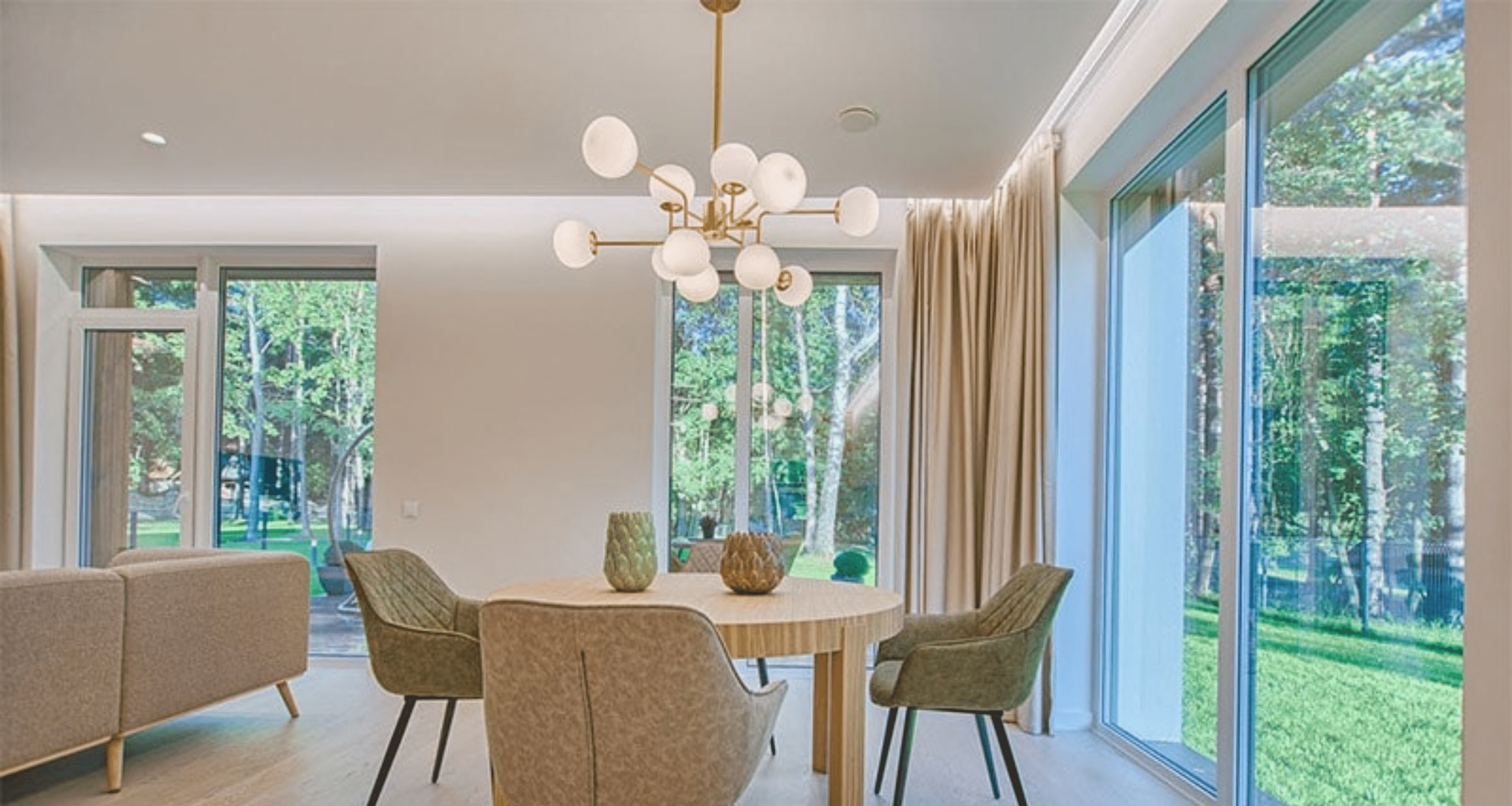Welcome to the exciting world of passive house design, where science and sustainability combine to create incredible net-zero energy efficient house performance.
We’re diving into the science and innovation behind Passive House Australia, uncovering the secrets to crafting incredibly energy-efficient homes prioritising comfort, health, and environmental responsibility.
The Science Behind Passive House Insulation
Passive house design relies heavily on insulation to create a thermally efficient building envelope and reduce energy use and expenses. High degrees of insulation are necessary for the walls, roof, and floors to meet the specifications of a passive house.
Air pockets trapped by insulation prevent heat from escaping. This decreases the workload on the HVAC system by keeping the home at a comfortable temperature year-round. When choosing your insulation, look for a high R-value, which indicates how efficiently it prevents heat from passing through it.
Common Passive Home Insulation Choices:
- Glass wool made from recycled glass is relatively inexpensive and easy to install, but it can be less effective in humid climates.
- Rockwool is made from volcanic rock. Although more expensive than glasswool, it stands up to humidity.
- Polystyrene is very effective at preventing heat transfer. However, it is also more expensive than other types and can be challenging to install.
- Straw bale is a natural insulation material made from, you guessed it. It’s very effective at preventing heat transfer and is more environmentally friendly to manufacture.
- Hemp fibre insulation is revolutionary at preventing heat transfer and being moisture resistant.
- Wood fibre is another effective, more breathable option.
Heat Recovery Systems and Ventilation
Passive home ventilation systems include heat recovery systems (HRS), which transport heat from stale air to new, which reduces the energy needed to heat fresh air.
There are two primary HRS types: air-to-air HRS, a heat exchanger that transfers heat between incoming fresh air and departing stale air, or water-to-air HRS, which transfers heat between stale and new air via a water loop.
Although more expensive, water-to-air HRS are more efficient. Both improve indoor air quality and home comfort, reduce energy consumption and condensation by removing moisture from the stale air before it is exhausted from the building.

Ventilation and Indoor Air Quality
Carpet and furniture chemicals, dust, mold, gas stoves, fireplaces, and cooking pollute indoor air.
By carefully designing the ventilation system and using a combination of passive and active ventilation strategies, homeowners can ensure that their passive house provides a healthy and comfortable indoor environment.
A key critical consideration for ventilation and indoor air quality in passive houses is airtightness. The ventilation system is carefully designed to ensure that it does not compromise the airtightness of the building envelope, and heat recovery systems.
Passive ventilation strategies include:
- The stack effect is a natural phenomenon that causes warm air to rise and cool air to fall by designing the building with openings at different levels.
- Wind-driven ventilation uses wind pressure to create airflow through a building.
Alongside your typical ventilation mechanisms like ceiling fans and air filtration systems, your home will have abundant fresh air and outstanding indoor air quality.
Achieving Net-Zero Energy Performance
The combination of insulation, airtightness, and heat recovery systems coordinate to help achieve net-zero energy efficient house performance in a passive home.
These systems work together in winter: wall, roof, and floor insulation to help keep the heat inside.
The airtightness of the building envelope prevents the heat from escaping, and the HRS transfers heat from the outgoing stale air to the incoming fresh air to preheat the fresh air before it enters the building. Replace heat with cool, and it’s the same for the warmer months to achieve that desired net-zero energy performance in your home.
Choose Cobalt Construction for Your Passive House
Ideally, you want to work with a certified Passive House Tradesperson to design and construct your energy-efficient house optimally, and you’re in the best hands when you choose Cobalt Construction. Get in touch today and we’ll show you the way!


